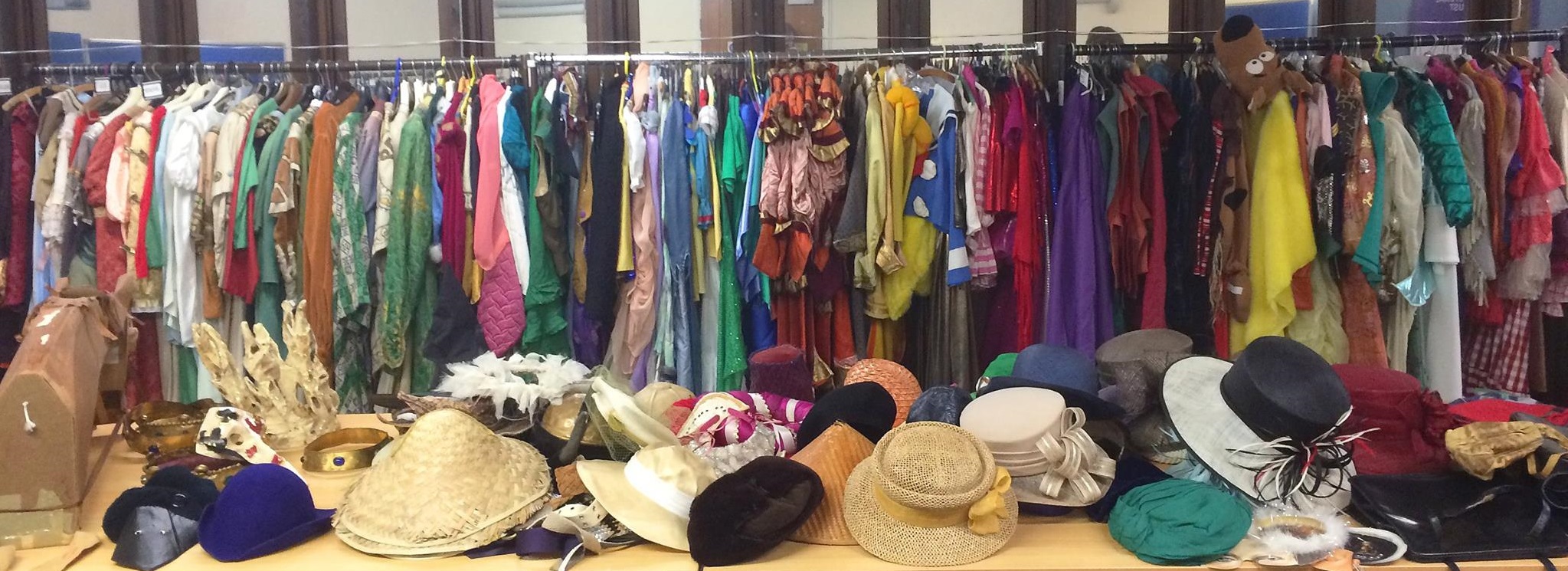As we mark Floral Design Day, Hampshire Wardrobe takes a look at some of our most popular floral trimmed ladies’ hats. Did you know there’s so much more to these hats than meets the eye? Have you ever wondered about the people behind the artificial flowers which adorned the much-loved headwear of ladies in the past? Discover more below.
In the Victorian period, one of the London trades was the creation of hand made artificial flowers. They were amazingly detailed, hand assembled and used to decorate dresses, bonnets and hats. This was a labour-intensive trade that involved all members of a family. Fabric was cut to petal size using heavy tools which was mostly done by men – the fabric was then dyed and left to dry.
Typically, it would then be the women that would press the fabric into special mou lds to create the structure and texture of a petal, and following this, they would shape the petal using a metal ball and heat.
Once the petals were created, they needed to be attached to a stalk of twisted wire covered with paper or silk and arranged into sprays or wreaths. This was a skilled job that was often carried out by young women, who would be trained up over several years – some workshops complained that years invested in training a young woman would be wasted when she would leave to get married!
Some work that didn’t involve tools was done at home by women and children of poor families. In 1865, the Children’s Employment Commission found that most women assembling flowers were under eighteen, having possibly started at age eight. Factories employed over a hundred flower makes at a time, who at the height of demand would work up to eighteen hours a day.
The demand for artificial flowers was a seasonal one, focused in the spring time, when the London season started and women were being presented at court. But it wasn’t just high society that wanted these flowers; women from all levels of society would wear them – you couldn’t have a bonnet without floral trims and you wouldn’t leave the house without your hat!
Artificial flowers were popular for interior design, too. Many Victorian drawing rooms would have a vase of flowers covered by a glass dome, and theatres used them too.
It wasn’t until after World War I, that this fashion for flowers changed. Elaborate decorations of the Victorian period were seen as old fashioned compared to the more streamlined styles of the teens. The flower-making industry in Britain was undermined and it became cheaper to import them from abroad.
Over the last decade, artificial flowers are having a comeback – festival goers can be seen with floral crowns that can be bought from high-street shops as well as from craft stalls. Despite this, the skills used by the flower-makers of over 150 years ago has almost vanished. Next time you spot artificial flowers in a display perhaps they will act as a reminder for the people who used to make them.
If you're interested in the work of Hampshire Wardrobe, or simply love all things costume, come along to the Hampshire Wardrobe Costume Sale, 11 March.
An event with free entry, join us for Hampshire Wardrobe's biggest sale yet, where ex-hire items and surplus stock will be sold off from all areas of our collections. Prices will range from £1 to £50 and operate on a first-come, first-serve basis.






